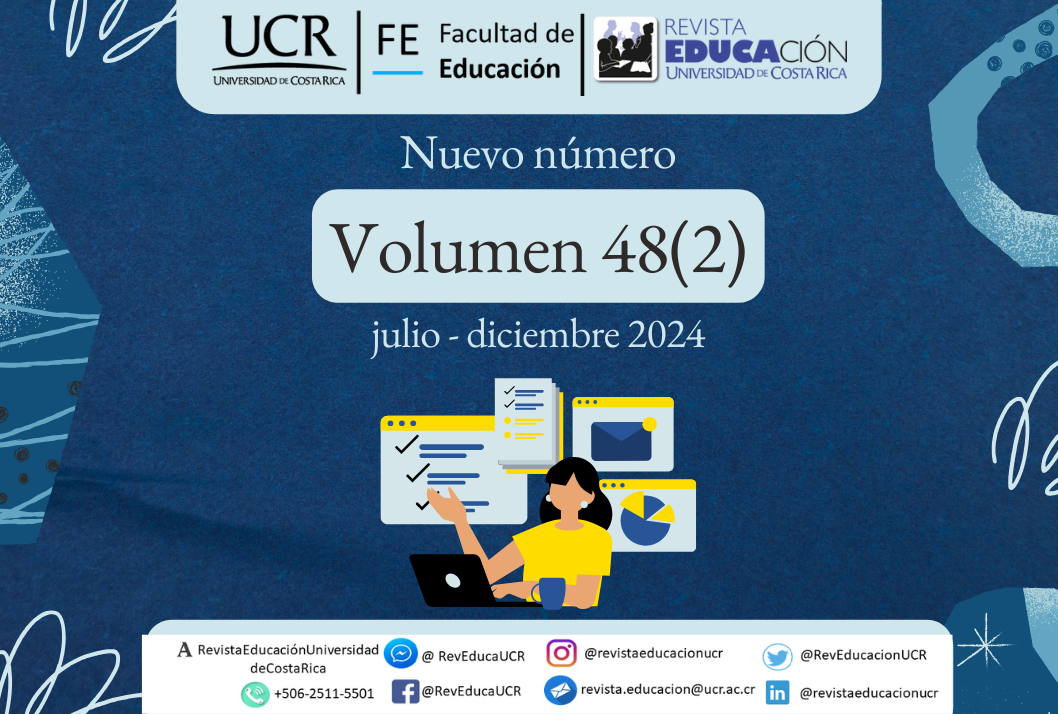Abstract
This article examines the author's method for teaching professional art education through the utilization of polygonal and geometric shapes. It delves into the fundamental principles, tools, and techniques involved in working with such forms. Academic Drawing, a cornerstone discipline in painting education, is explored within the context of this method. Specifically, the article discusses the Method of Anatomical Polygonal-Pyramidal Structured Analysis and Geometrical-Plastic Modeling of Form, implemented within the professional art education curriculum at the Lugansk State Academy of Culture and Arts, Russia, under the Faculty of Fine and Applied Arts, Department of Easel Painting. To assess the method's effectiveness, a study employing the stratometric modeling method was conducted with five student study groups, comprising female students aged 18-25, all pursuing training in Stationary Painting. The study spanned various periods, revealing the method's capacity to expedite professional development and yield significant student achievements. The article concludes by underscoring the method's importance in nurturing spatial-artistic thinking, rooted in the identification of anatomical nodes influencing overall figure structure and internal plasticity. By connecting these nodes into a cohesive system, the method facilitates the expression of artistic constructive form. Through the transformation of triangles into volumetric geometric forms and their layered application, the method enables the creation of tonal gradations and overall figure volume. Moreover, it cultivates anatomical constructive thinking, enhances understanding of human structure, and fosters proficiency in applying mathematical principles to creative problem-solving.
References
Aksenov, Yu. y Levidova, М. (1986). Color and line. Soviet Artist.
Barber, B. (2021). The Fundamentals of Drawing Nudes: A Practical Guide to Portraying the Human Figure. Arcturus Publishing.
Chistov, P. (2015). Methodological foundations of constructive drawing. Bulletin of Moscow State Regional University. Series: Pedagogy, (3), 122-130.
Gudchenko, O. (2020). Academic drawing. Sketches and sketches of the human figure: methodical instructions. VGTU.
Hamm, D. (2007). How to draw the human head and figure. Potpourri.
Kalina, N. (2014). Constructive drawing: from the understanding of space relationships to article interpretations. VGUES.
Kanunnikova, T. (2014). Principles and methods of teaching fine arts in the pedagogical practice of Dmitry Nikolaevich Kardovsky. Pedagogical Mastery: Proceedings of the V International Scientific Conference. Buki-Wedi.
Kardovsky, D. (1940). Drawing the human figure. Young Artist.
Kardovsky. D., Yakovlev. V. y Kornilov. К. (1938). Drawing aid. Gosstroyizdat.
Kukushkina, V. y Bordyugova, Y. (2021). Modern methods of modeling in design. Future of Science: collection of scientific articles of the 9th International Youth Scientific Conference, 6(6), 207-210. South-West State University.
Kovalenskaya, G. (1988). Kramskoy on Art. Fine Art.
Kuznetsov, V., Vodyanina, L. y Malakhova, Yu. (2013). Reference points in the constructive construction of the figure: Educational manual. AmGU.
Moleva, N. y Beliutin, E. (1958). School of Anton Ashbe. Art.
Parkhomenkо, K. (2023). The Pyramidal and Polygonal Constructive Modelling Method in the System of Professional Art Education. Journal Pedagogical Almanac, 31(1), 97-106. https://doi.org/10.54664/IFIJ4828
Parkhomenkо, K. (2018). Creative work by author. The naked figure of a girl.
Pechenezhsky, A. (2011). Drawing the nude figure. Family Leisure Club.
Pokhlebaeva, M. (2017). Academic drawing: methodical instructions. Kuban State Un.
Ryzhkin, A. (2014). How to draw the human figure. Manual for entrants to art universities. Eksmo.
Savinov, A. (2010). Methodological principles of educational drawing as a basis for the theory and practice of teaching academic drawing. Bulletin of the University of the Russian Academy of Education, 5.
Sontu, G. (2020). Human figure. Construction of the figure as a whole, basic movements. Proportions. Basic points and their application in drawing. Ghenadie Sontu Fine Art.
Wango, K. (2021). Exploration of Human Figure Drawings Using Charcoal Pencil - Analysis of Post-Graduate Drawings by Zephania Lukamba. International Journal of Advanced Research, 3(1), 55-71. https://doi.org/10.37284/ijar.3.1.306
##plugins.facebook.comentarios##

This work is licensed under a Creative Commons Attribution-NonCommercial-NoDerivatives 3.0 Unported License.
Copyright (c) 2024 Revista Educación - Journal of Education







